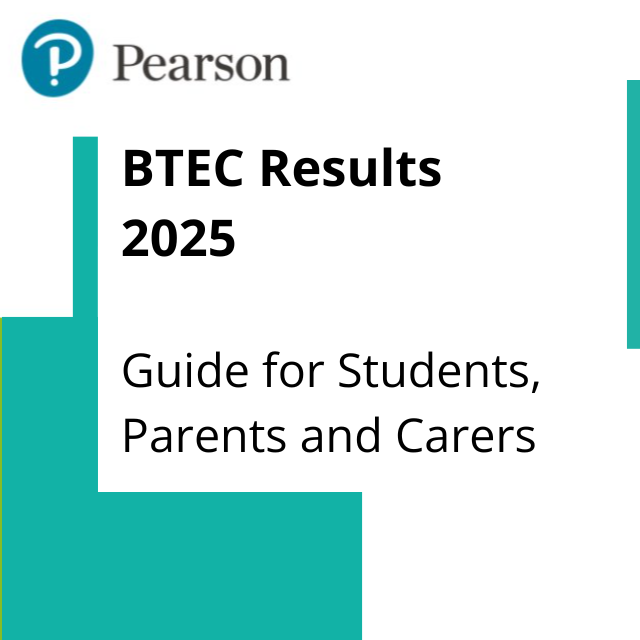-
Support topics
-
Services
- Access to Scripts
-
Assessment services
-
Assignment checking service
- Certificate services
-
Communities
-
Degree Finder
-
Edexcel Online
-
examWizard
- Mocks Service
- myBTEC
- Pearson Onscreen Platform
-
Progress to university
- ResultsPlus
- ResultsPlus Direct
- Remote Invigilation
-
Pearson Progress
-
Rogo
-
Key dates
- Resources
- Overview
- Support topics
-
Services
- Overview
- Access to Scripts
- Assessment services
- Assignment checking service
- Certificate services
- Communities
- Degree Finder
- Edexcel Online
- examWizard
- Mocks Service
- myBTEC
- Pearson Onscreen Platform
- Progress to university
- ResultsPlus
- ResultsPlus Direct
- Remote Invigilation
- Pearson Progress
- Rogo
- Key dates
- Resources
- Overview
- Home
- > Support
- > Support topics
- > Understanding marks and grades
- > Understanding your results
- > BTEC First, National and Higher National results explained
BTEC First, Tech Award, Technical, National and Higher National results explained
Find out more about your BTEC First, National and Higher National assessment and results, and read the answers to some frequently asked questions.
How are BTECs marked and graded?
Our BTEC qualifications are made up of units and you complete assignments and tests to link theory work with practical exercises.
All of our BTEC Firsts, Nationals and Higher Nationals contain some internal assessment where assignments are set and marked by your teacher, tutor or training provider.
Internally assessed assignments are set and marked by your teacher, tutor or training provider. We then verify the marks are correct, through a sampling process called standards verification.
Standards verification is necessary to make sure that all students have their assignments assessed according to the national standard. Most of the time, we will approve and accept the marks you've been given and issue certificates when you complete the course.
However, if we find that work hasn't been marked in line with our expectations, your school, college or training provider may need to adjust your marks or ask you to complete additional work before we'll issue a certificate.
Both BTEC programmes contain an element of external assessment, which is set and marked by Pearson.
Important dates
| Exam series | Level 3 BTEC National results released | Level 1/2 BTEC First, BTEC Tech Award and BTEC L2 Technical results released |
|---|---|---|
| Summer 2025 | Thursday 14 August | Thursday 21 August |
There are three different types of external assessment used in our BTEC Level 1/Level 2 Firsts and BTEC Level 3 Nationals (teaching from 2016):
Timetabled exams, tests and tasks work in the same way as GCSE or A level exams. Our senior examiners write an exam paper to assess the skills and knowledge outlined in the specification for the unit being tested. You sit the exam on the date and time given in the exam timetable and our examiners mark your work against a mark scheme.
Once all of the work has been marked, our senior examiners meet to review the level of performance demonstrated by students taking the exam across the country and set grade boundaries based on the difficulty of the exam.
Your unit grade is determined by how your mark compares to the grade boundaries.
For each task, our senior examiners devise a scenario which you work on in class and respond to under 'controlled conditions', like a practical exam or GCSE coursework.
Your work is marked or moderated by our examiners. Once all of the work has been marked, our examiners meet to discuss the standard of work produced across the country and set grade boundaries using the performance descriptors in the specification. Your unit grade is determined by how your mark compares to the grade boundaries.
Our onscreen, on-demand external assessments are available. This means that once you've acquired the skills and knowledge needed for the assessment, your teacher or tutor will organise a date for you to take the test.
Each test contains some multiple-choice questions, where you select the correct answer from a list of options, and some questions which require you to write a response. As our examiners need to review your answers to the longer questions, we can't give you an instant result when you've finished the test, but we aim to get you your unit grade within 28-56 days.
The grade you can achieve for each unit depends on the BTEC qualification you're completing. The table below shows the possible unit grades from highest to lowest.
| BTEC Level 1/2 Firsts | BTEC Level 1/ 2 Tech Awards | BTEC Level 2 Technicals | BTEC Level 3 Nationals (teaching from 2014) BTEC (QCF) qualifications |
|---|---|---|---|
| Level 2 Distinction (D) | Level 2 Distinction (L2D) |
Distinction (D) |
Distinction (D) |
| Level 2 Merit (M) | Level 2 Merit (L2M) |
Merit (M) |
Merit (M) |
| Level 2 Pass (P) | Level 2 Pass (L2P) | Pass (P) | Pass (P) |
| Level 1 Pass (L1) | Level 1 Distinction (L1D) | Near Pass (N) | |
| Level 1 Merit (L1M) | |||
| Level 1 Pass (L1) |
If the work you produce doesn’t meet the grading criteria for the lowest passing grade available for your qualification (P, L1 or N), you will be awarded a U, which means ’unclassified’.
How do you calculate my overall grade?
Once you have completed your BTEC, all of your unit grades are converted into a points score, which are added together to calculate your overall grade.
How to calculate point scores and your overall BTEC grade
When will you send my results to UCAS?
For the BTEC Nationals from 2016, if you have achieved the required grades needed to get an overall qualification grade and you have made an application for a University place via UCAS, we will share your result with them in advance of results day. This happens in the same way that A level results are shared with UCAS.
If you've received your certificate but UCAS doesn't yet have your results, please speak to the exams officer or administrator at your school, college or training provider. They'll be able to get in touch with their Pearson account specialist to resolve any issues preventing your results from being passed on.
Clearing is a UCAS service that matches students to courses that still have places available. It's a real option if you didn’t apply for university, or if you want to go but didn’t get the grades you needed.
For more information on whether you can apply through clearing, speak to your careers advisor or visit the UCAS website.
Lists of courses with places available are published on the UCAS website and in national newspapers after results day. Not all universities, colleges or courses have vacancies in clearing, but you don’t have to stick with the subjects you originally applied for – you may find something you are better suited to or that you are more interested in.
For more information on the clearing process, check out the UCAS website.


